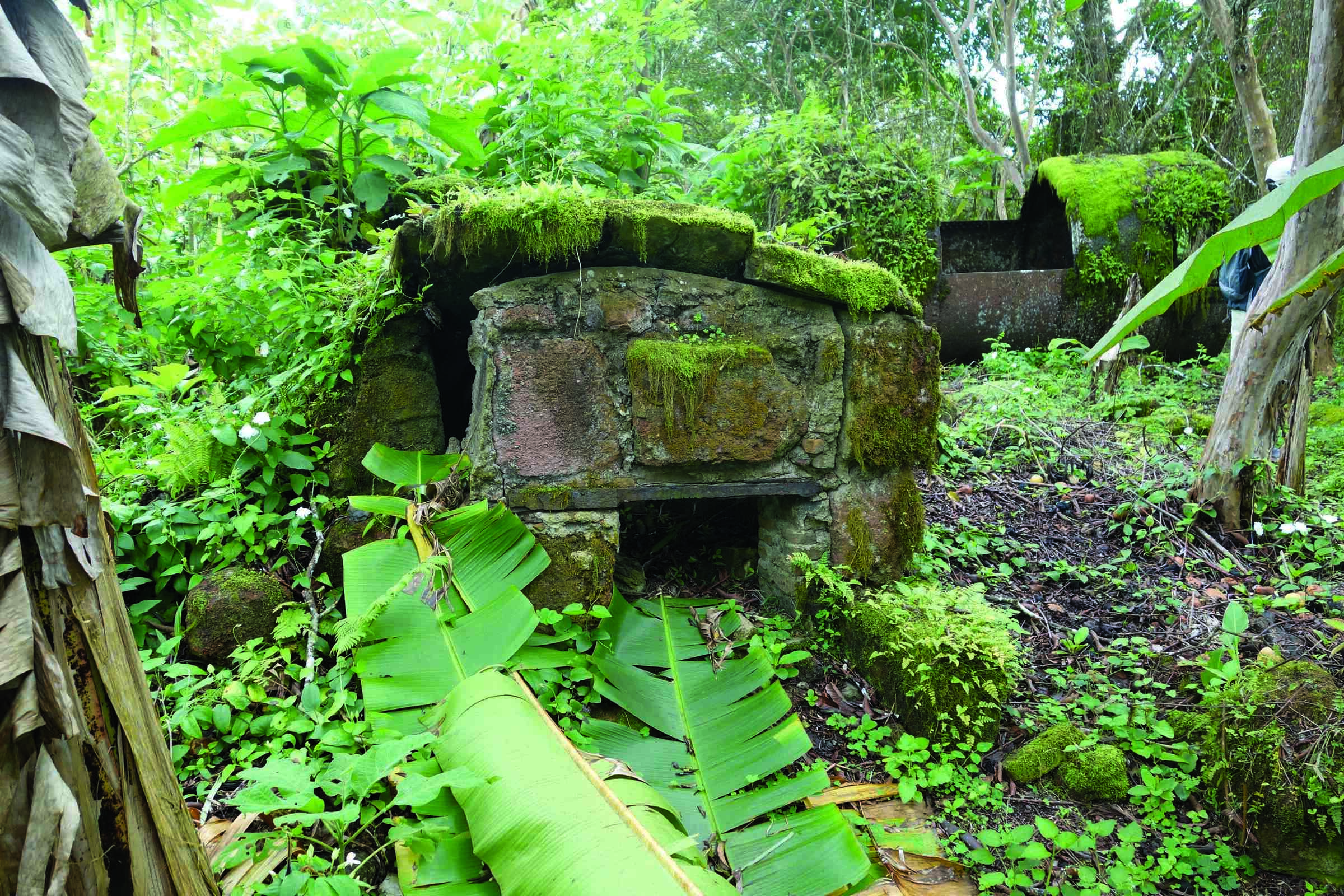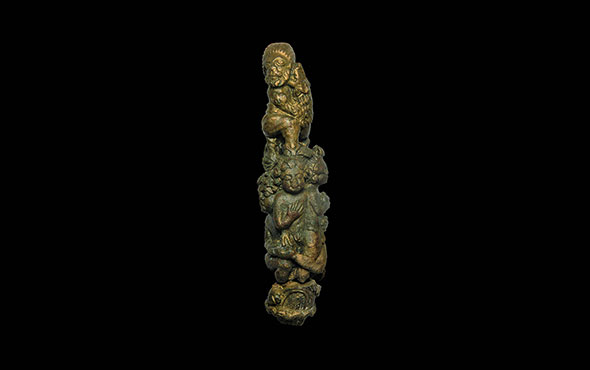
VIENNA, AUSTRIA—According to a statement released by the University of Vienna, the 30,000-year-old Venus figurine discovered in the Wachau region of Austria in 1908 was likely carved from oolitic limestone from the Lake Garda region of northern Italy. Anthropologist Gerhard Weber of the University of Vienna, geologists Alexander Lukeneder and Mathias Harzhauser, and prehistorian Walpurga Antl-Weiser of the Natural History Museum Vienna employed micro-computed tomography to examine the interior structure of the figurine. The study revealed sediments in different densities and sizes, remnants of shells, and large grains called limonites. Cavities on the surface of the figurine probably appeared when hard limonites broke away during carving, Weber explained. One of the limonites became the navel of the Venus, he added. One of the shell fragments in the figurine was dated to the Jurassic period, which helped the researchers narrow the possible source of the limestone. They then compared its microscopic properties with samples collected in Austria and other locations in Europe, and found the material of the Venus was statistically indistinguishable from samples taken from the Lake Garda region. Weber suggests the figurine crossed the Alps over a long period as people traveled along rivers in search of prey and suitable climate. Read the original scholarly article about this research in Scientific Reports. To read about another Venus figurine found in France, go to "Artifact."










